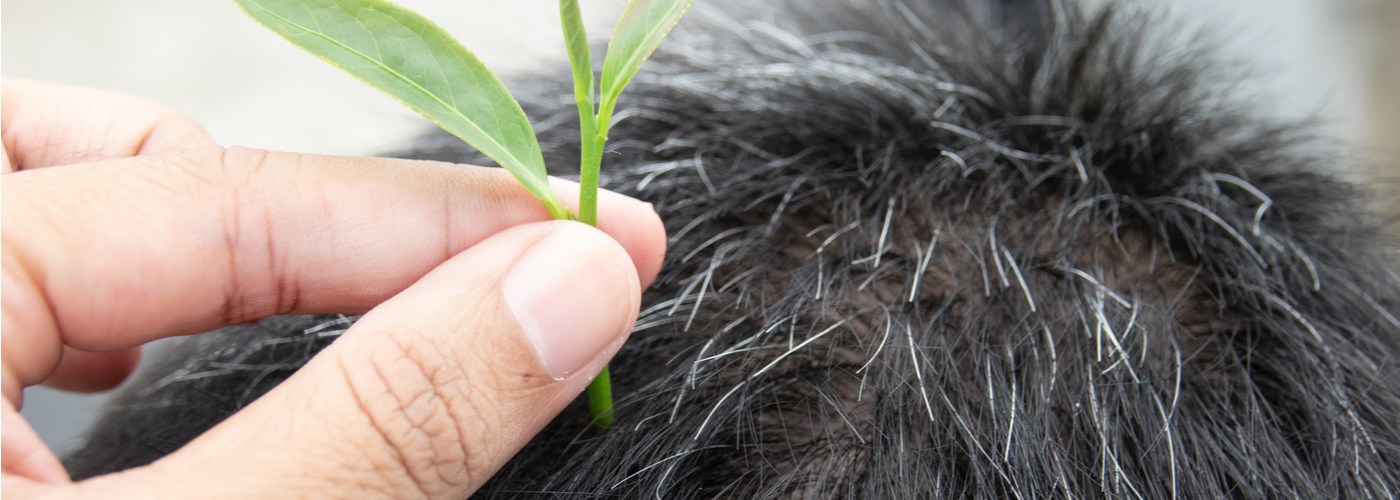Hair Transplant And What You Need to Know About It
In short, hair transplants are the best possible solution if you want to have a bushy hair again. They’re mainly used to restore hair if you’re balding or thinning naturally or have lost hair due to an injury. Most transplants are done with your existing hair, so they’re super effective for treating people with widespread thinning and baldness.
Hair transplants are done to add more hair to an area on your head that may be thinning or balding. It’s done by taking hair from thicker parts of the scalp, or other parts of the body, and grafting it to the thinning or balding section of the scalp.

Worldwide, about 60 percent of men and 50 percent of women experience some form of hair loss. To address this, people often use over-the-counter products, including topical treatments like minoxidil (Rogaine).
Hair transplant is another restoration method. The first transplant was performed in 1939 in Japan with single scalp hairs. In the following decades, physicians developed the “plug” technique. This involves transplanting large tufts of hair.
Over time, surgeons began using mini- and micro-grafts to minimize the appearance of transplanted hair on the scalp1.
Types Of Hair Implants
During a hair transplant, a surgeon removes follicles from a dense area of hair, such as the back of the head, which they will refer to as the donor area. They then implant the follicles into tiny slits on the affected area of the scalp.
There are two main types of hair transplant:
– Follicular unit strip surgery (FUSS). The surgeon will remove a strip of skin from the donor area and close the incision with stitches. They will then use a microscope to separate the donor skin into tiny follicular units that contain one or several hair follicles and insert these units into the desired area.
– Follicular unit extraction (FUE). The surgeon will use a tiny punch tool to remove follicles from the donor area. Although this procedure will still lead to some scarring, it may be less noticeable, and the person will not usually require stitches2.
The Success Rate Of Such Procedures
Hair transplants are typically more successful than over-the-counter hair restoration products. But there are some factors to consider:
– Anywhere from 10 to 80 percent of transplanted hair will fully grow back in an estimated three to four months. Like regular hair, transplanted hair will thin over time.
– People with dormant hair follicles (sacs that usually contain hair beneath the skin but no longer grow hair) may have less effective transplants, but a 2016 study suggests that plasma therapy can help up to 75 percent or more of the transplanted hairs fully grow back.
Hair transplants don’t work for everyone. They’re mainly used to restore hair if you’re balding or thinning naturally or have lost hair due to an injury.
Important Information You Need To Know About Hair Transplant
The transplanted hair behaves like natural hair and sheds between two to four weeks of transplant. The roots thereafter start sprouting hair naturally and continue to do so for a lifetime.
– Use of local anesthesia makes it a painless procedure and the patient can go home the same day.
– Hair transplant is different from non-surgical hair restoration in which a pre-chosen base is fixed on the scalp with dexterity.
– Hair transplant does not mean you will have a luxurious crop of hair as the result varies from person to person and has also some link with a person’s natural hair quality.
– Every case of baldness does not have a solution in hair transplantation. It entirely depends on case to case basis.
– The cost of the procedure depends on the number of grafts. The more the number of grafts, the higher the cost3.
Risks And Costs Of Treatment
The price of a hair transplant will depend largely on the amount of hair you’re moving, but it generally ranges from $4,000 to $15,000. Most insurance plans don’t cover it.
As with any kind of surgery, transplants have some risks, including bleeding and infection. There’s also the chance for scarring and unnatural-looking new hair growth.
Around the time new locks start to grow, some people have inflammation or an infection of the hair follicles, called folliculitis. Antibiotics and compresses can relieve the problem. It’s also possible to suddenly lose some of the original hair in the area where you got the new strands, called shock loss. But most of the time, it’s not permanent4.
Conclusion
It’s of utmost importance that you take great care of your hair. You need to make sure that your diet is according to what your doctor has suggested and contains relatively less sugar. You also need to be active and exercise.
Talk with your doctor about these risks and how much improvement you’re likely to get from the surgery. He can help you decide if it’s a good option for you.
[1] Jewell, Tim. “Everything You Need To Know About Hair Transplants.” Healthline. 4 January, 2019.
[2] Berry, Jennifer. “How effective are different hair transplant methods.” Medical News Today. 5 December, 2019.
[3] TNN. “Decoded: Hair Transplant.” Times of India. 6 August 2019.
[4] “Hair Transplants: What to Expect.” WebMD.
